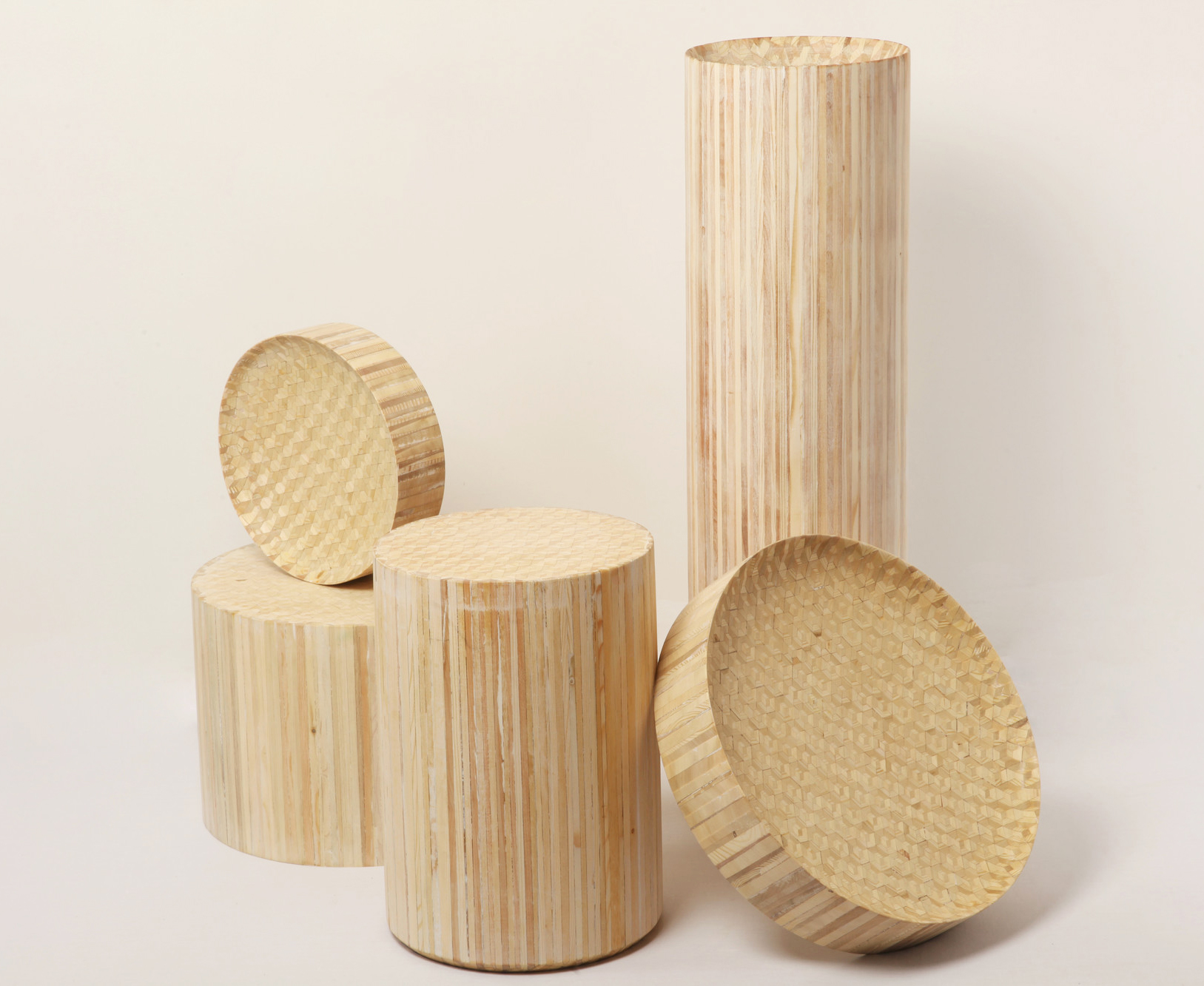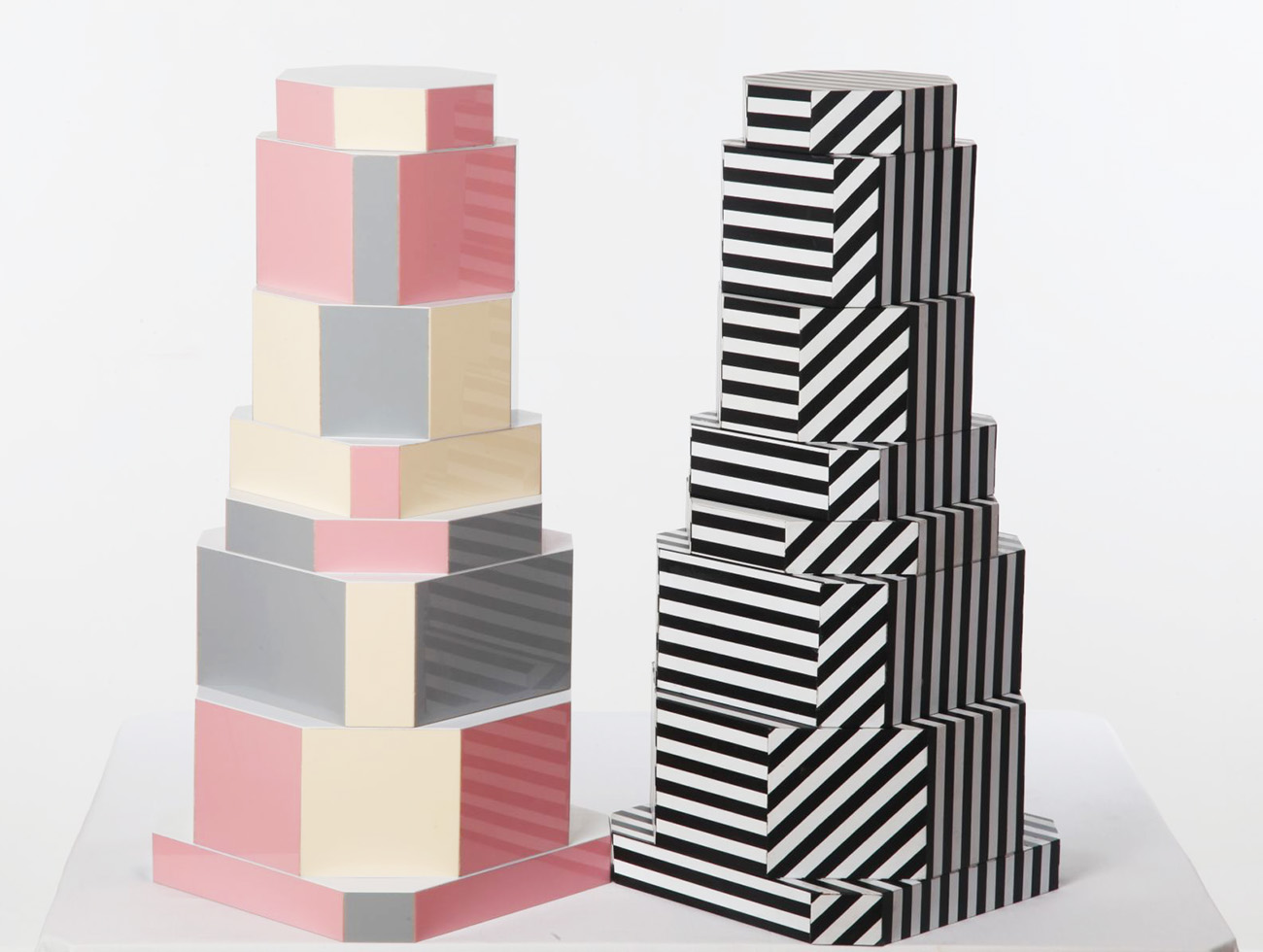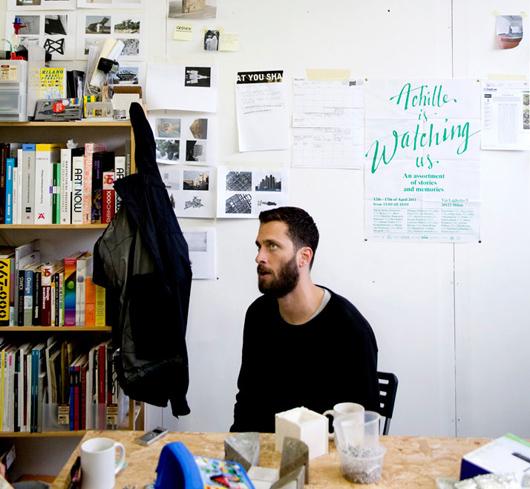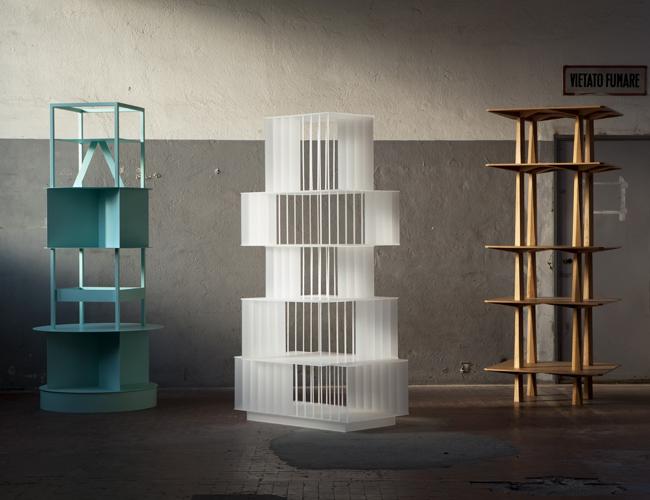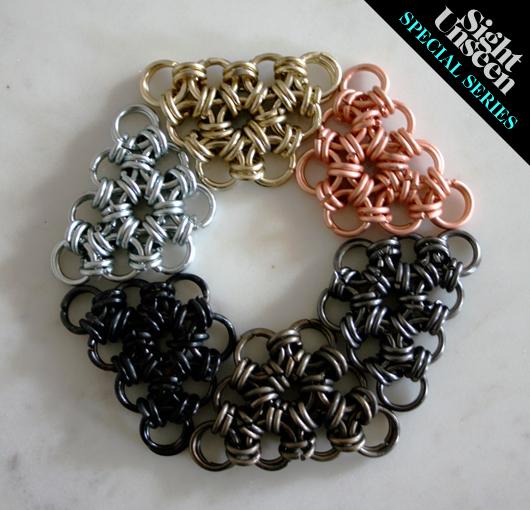The Milan furniture fair starts next Tuesday and, crazy enough, the editors of Sight Unseen are sitting this one out — we've got too much going on at home this year, between our pop-up shop at Creatures of Comfort and the 2012 Noho Design District, which is shaping up to be much bigger and better than ever. We'll still be reporting on Milan via the snapshots of a select group of friends and collaborators, but meanwhile, we figured we'd at least bring you one or two previews of pieces you'll be seeing next week, beginning with the latest offerings from the Beirut-based Carwan Gallery. Founded by architect Pascale Wakim and jetsetter Nicolas Bellavance-Lecompte, who's also a partner in Montreal's Samare and the newer Milan-based design outfit Oeuffice, Carwan began its second collection — which technically launched last month at Design Days Dubai — by organizing a field trip of sorts for its designers. Karen Chekerdjian, Khalid Shafar, Lindsey Adelman, Studio mischer'traxler, Nada Debs, Oeuffice, Paul Loebach, Philippe Malouin, and Tamer Nakisci all traveled to the Middle East for a grand tour of artisan's studios, each pairing up with a different craftsperson to produce a new twist on an old archetype or technique. Here, the duo behind Oeuffice, whose work revolves around research into architectural forms, reveal the story behind their contribution to the exhibition, a series of boxes inspired by ancient Middle Eastern structures.

